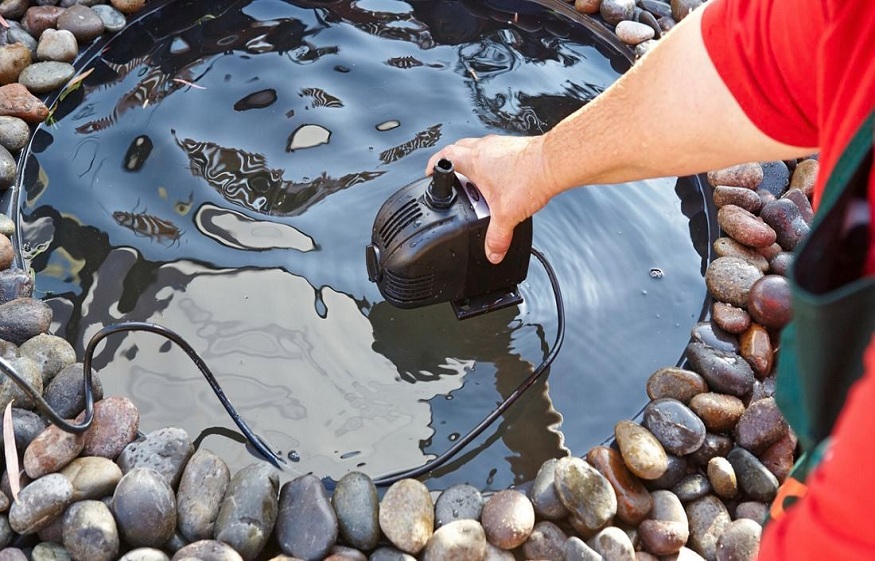Every pond needs sufficient water circulation for proper health. A well-functioning water circulation system ensures oxygenated water while stopping the development of stagnant areas and preventing algae accumulation which supports tank residents. The best method to improve pond water circulation starts with proper optimization of your pond pump system. The following piece reveals useful approaches to maximize water movement using your pond pump.
1. Choose the Right Size Pump
Starting water circulation improvement requires selecting pond pumps that match your pond size correctly. A pump that lacks appropriate size will fail to circulate water efficiently yet a pump that exceeds pond needs results in turbulent and energy-wasting circulation.
2. Position the Pump Strategically
Your pond pump requires effective positioning because this influences its ability to move water in your pond. The pump should be placed in the deepest spot of the pond since that area gathers the highest concentration of debris and organic matter. Placing the pump in areas where most circulation is required will ensure efficient water removal.
3. Use Multiple Pumps or Jets
Particularly for bigger ponds one individual pump may fail to create adequate water flow patterns. Your pond requires several pumps along with water jets located in strategic positions around the area. A pond needs multiple pumps installed at various spots to generate water currents which will equally reach every part of the pond system.
4. Add Pond Aerators
Water circulation and oxygen levels in your pond gain significant improvement through the utilization of pond aerators as effective equipment. Pond aerators achieve their function by raising water from deeper depths to a surface level which allows both gas exchange and helps stop oxygen depletion in the water. The situation becomes critical in the summer months because the heated water leads to reduced oxygen availability.
5. Use a Skimmer and Filter Combo
A pond system with a combined skimmer and filter functions effectively for water circulation enhancement and operational cleanliness maintenance. A skimmer prevents objects such as leaves from floating on the water surface so the pump intake stays unobstructed. The depth of debris affects the pump performance directly so reducing this amount allows the device to operate optimally while ensuring better flow through unhindered operation.
6. Clean Your Pump Regularly
Water circulation from a pump becomes inadequate when the pump contains too much debris or it becomes dirty. Proper flow depends on carrying out regular cleaning procedures. Regular inspection of your pump intake and filter will show debris accumulation so you should clean or replace the filter component according to specifications. Please consult your manufacturer’s guidelines while cleaning the pump to safeguard it from damage.
Conclusion
The successful development of pond pump habitats for fish plants and aquatic life depends on enhancing water movement in the pond system. Your pond will stay alive with good water circulation when you implement an appropriate pump placement together with more than one pump and periodic routine maintenance for your equipment. The circulation process enhances ponds by providing both a vibrant appearance and clear waters together with strong aquatic health.

